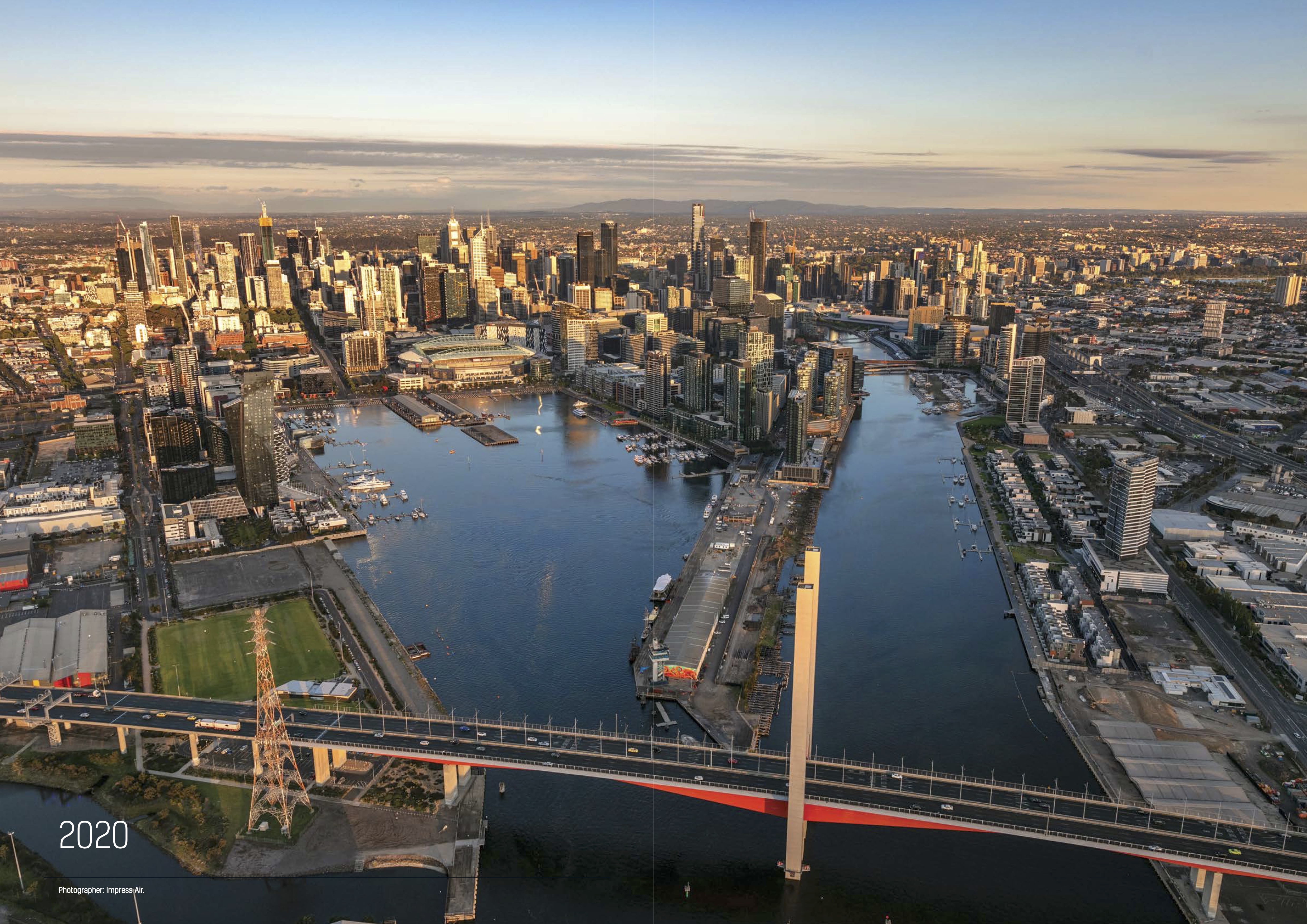Sydney’s just-in-time approach to servicing land is not working
.png)
Sydney’s just-in-time approach to servicing land is not working
Atlas Economics and Infosys Portland recently teamed up and completed a piece of work together – The Housing Crisis and the Industrial sector.
The Housing Crisis
The Housing Crisis is well known and documented. It is however a little-known fact that Sydney has run out of serviced industrial land. There is plenty of zoned industrial land but less than one year of serviced industrial land left. It is no surprise therefore that industrial rents and industrial land values are extraordinarily high. In fact, they are 2x and 3x Melbourne’s, respectively.
Even if businesses could afford to pay the high rents, there is no availability of land for development. Vacancy rates are the lowest in the country. Sydney’s big housing build under the Housing Accord is 50,000 dwellings per year for every year until 2029. That requires 50,000 kitchens, 100,000 toilets, 150,000 sinks and taps each year. This has significant and obvious implications for warehouse space.
Building More Homes
There is much scepticism about whether there is sufficient labour and skills to achieve the big housing build. Even if there were the availability of labour and skills, there is not the logistics and industrial space to import, store and move construction and building materials.
Capacity of the Construction Supply Chain
The Study interviewed some of the largest businesses within the building and construction supply chain. These businesses manufacture and/or supply critical materials including steel, cement, timber, wall panels, etc.
This is what some of them said:
“We do not have plans to increase capacity in NSW. We see Melbourne as having significant advantages over Sydney for warehouse locations with better access to the port and lower costs. We will focus on leveraging our Victorian sites for any growth.”
– Head of Property, Large building products manufacturer and distributor
“Our warehousing operates at 85%-90% capacity, and manufacturing is at 100%. Ideally, we would like to stay in Sydney and use the existing network to meet demand. However, the high property costs in Sydney make this unfeasible. We’ve been shifting our capacity to our regional site and have increased prices to offset the additional transport costs.”
– General Manager, Australian manufacturer of structural products
How did we get here?
NSW does not have a strategic land supply policy. In VIC and QLD, a requirement for 15-years supply is baked into planning legislation. This provides the basis for aligning infrastructure agency programs and budgets.
NSW has historically not integrated land use planning with infrastructure planning. Land can be rezoned years ahead of when servicing might occur. In contrast, VIC’s precinct structure planning process coordinates land use and infrastructure planning. Land is typically not rezoned until servicing arrangements are in place.
Urgent Reforms Needed
Sydney’s national competitiveness is at stake. The NSW Productivity Commissioner says that if we don’t solve Sydney’s housing affordability problem, Sydney will have no grandchildren. It is the same for industrial lands – once businesses sign a long lease (e.g. 10+10 years) outside of NSW, those businesses are not likely coming back.
There is a compelling case for strategic planning reforms. We say that Sydney’s runaway house prices and industrial prices are no coincidence. If developable land opportunities are scarce, fierce competitive conditions bid up prices. Which in turn means higher sale prices are needed to offset the higher cost of land.
Higher Carbon Emissions, Higher Transport Costs and Higher Cost of Building Homes
Without large-scale immediate unlocking of serviced industrial land, the twin objectives of housing supply and housing affordability of the Housing Accord will not be met in Sydney. The construction supply chain will be increasingly serviced from outside Sydney, leading to higher construction costs in conjunction with longer lead times and carbon emissions.
Additional truck movements from outside Sydney will have cost implications for road maintenance. The higher transport costs will be passed on and housing will be even less affordable. To meet the big housing build under the Housing Accord, Sydney needs a flood of supply. Further delay presents key risks which can no longer go unnoticed.
Related posts
Dive deeper into insights that matter to you.

The Election and Housing: Ireland’s Wake-Up Call for Oz

Australia’s Visitor Economy Rebounds: Insights from 2024-2025 ABS Data

Australian Data Centres: The State of Play for this Critical Sector

30 Years On: Has Docklands Been A Success?
Make smarter decisions
Get in touch with the Team to get an understanding of how we transform data into insightful decisions. Learn more about how Atlas Economics can help you make the right decisions and create impact using our expertise.
